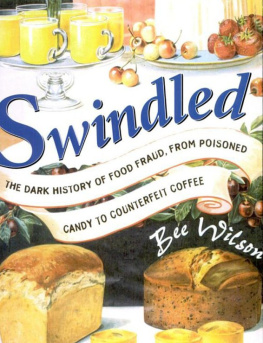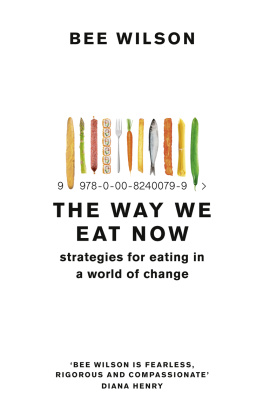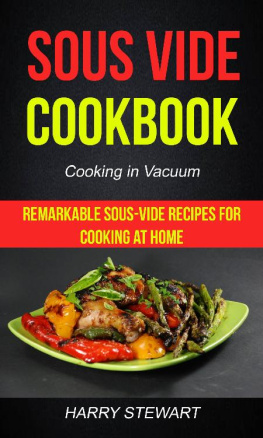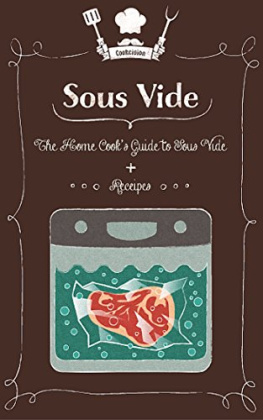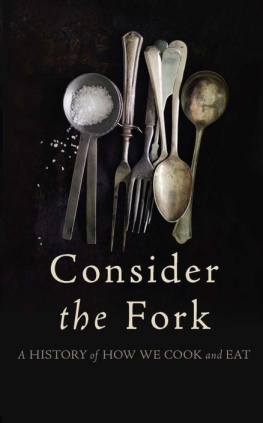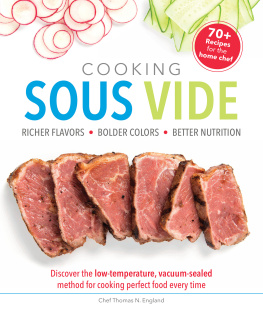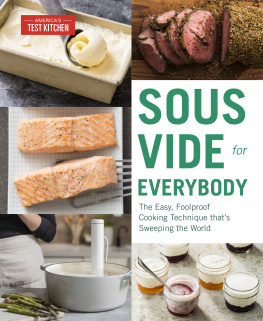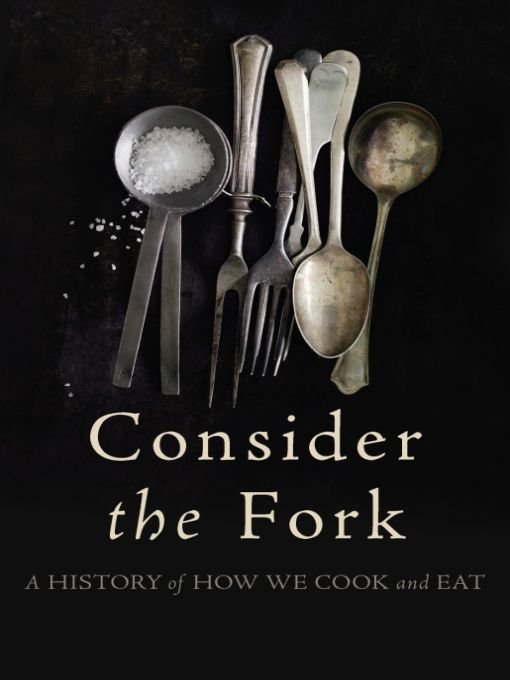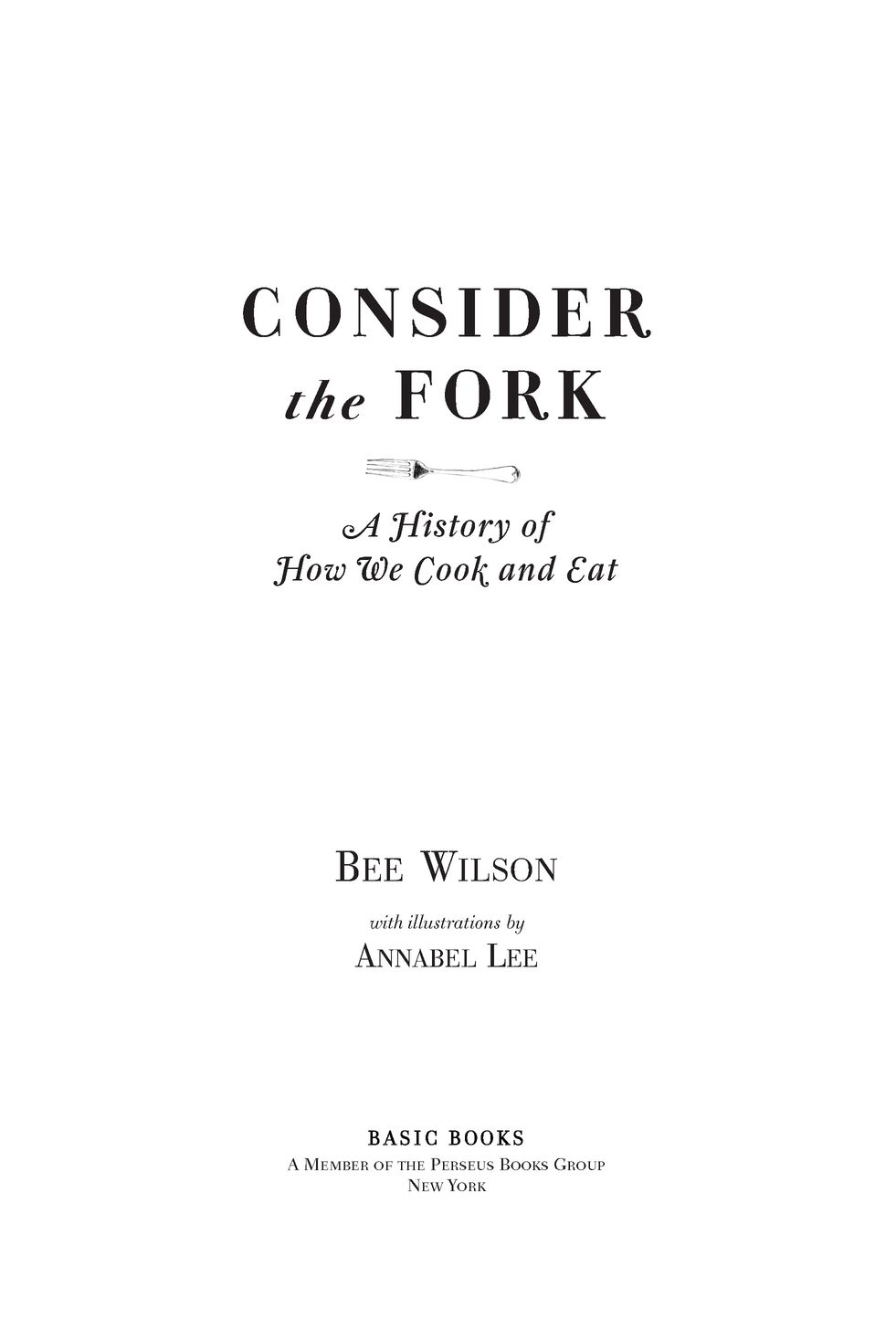Table of Contents
Also by Bee Wilson
Sandwich
Swindled
The Hive
For my Mother
INTRODUCTION
A WOODEN SPOONMOST TRUSTY AND LOVABLE OF KITCHEN implementslooks like the opposite of technology, as the word is normally understood. It does not switch on and off or make funny noises. It has no patent or guarantee. There is nothing futuristic or shiny or clever about it.
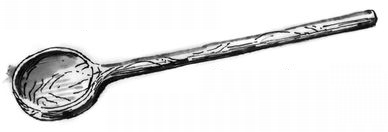
But look closer at one of your wooden spoons (Im assuming you have at least one, because Ive never been in any kitchen that didnt). Feel the grain. Is it a workmanlike beech factory spoon or a denser maple wood or olive wood whittled by an artisan? Now look at the shape. Is it oval or round? Slotted or solid? Cupped or flat? Perhaps it has a pointy part on one side to get at the lumpy bits in the corner of the pan. Maybe the handle is extrashort, for a child to use, or extralong, to give your hand a position of greater safety from a hot skillet. Countless decisionseconomic and social as well as those pertaining to design and applied engineeringwill have gone into the making of this object. And these in turn will affect the way this device enables you to cook. The wooden spoon is a quiet ensemble player in so many meals that we take it for granted. We do not give it credit for the eggs it has scrambled, the chocolate it has helped to melt, the onions it has saved from burning with a quick twirl.
The wooden spoon does not look particularly sophisticatedtraditionally, it was given as a booby prize to the loser of a competitionbut it has science on its side. Wood is nonabrasive and therefore gentle on pansyou can scrape away without fear of scarring the metal surface. It is nonreactive: you need not worry that it will leave a metallic taste or that its surface will degrade on contact with acidic citrus or tomatoes. It is also a poor conductor of heat, which is why you can stir hot soup with a wooden spoon without burning your hand. Above and beyond its functionality, however, we cook with wooden spoons because we always have. They are part of our civilization. Tools are first adopted because they meet a certain need or solve a particular problem, but over time the utensils we feel happy using are mainly determined by culture. In the age of stainless steel pans, it is perfectly possible to use a metal spoon for stirring without ruining your vessels, but to do so feels obscurely wrong. The hard metal angles smash your carefully diced vegetables and the handle does not grip so companionably as you stir. It clanks disagreeably, in contrast to the gentle tapping of wood.
In this plastic age, you might expect that we would have taken to stirring with synthetic spatulas, especially because wooden spoons dont do well in dishwashers (over many washes, they tend to soften and split); but on the whole, this is not so. I saw a bizarre product in a kitchenware shop recently: wooden silicone spoons, on sale for eight times the price of a basic beech spoon. They were garishly colored, heavy plastic kitchen spoons in the shape of a wooden spoon. Apart from that, there was nothing wooden about them. Yet the manufacturers felt that they needed to allude to wood to win a place in our hearts and kitchens. There are so many things we take for granted when we cook: we stir with wooden spoons but eat with metal ones (we used to eat with wood, too); we have strong views on things that should be served hot and things that must remain raw. Certain ingredients we boil; others, we freeze or fry or grind. Many of these actions we perform instinctively, or by obediently following a recipe. It is perfectly clear to anyone who prepares Italian food that a risotto should be cooked with the gradual addition of liquid, whereas pasta needs to be boiled fast in an excess of water, but why? Most aspects of cooking are far less obvious than they first appear; and there is almost always another way of doing things. Think of the utensils that were not adopted, for whatever reason: the water-powered egg whisk, the magnet-operated spit roaster. It took countless inventions, small and large, to get to the well-equipped kitchens we have now, where our old low-tech friend the wooden spoon is joined by mixers, freezers, and microwaves; but the history is largely unseen and unsung.
Traditional histories of technology do not pay much attention to food. They tend to focus on hefty industrial and military developments : wheels and ships, gunpowder and telegraphs, airships and radio. When food is mentioned, it is usually in the context of agriculturesystems of tillage and irrigationrather than the domestic work of the kitchen. But there is just as much invention in a nutcracker as in a bullet. Often, inventors have been working on something for military use, only to find that its best use is in the kitchen. Harry Brearley was a Sheffield man who invented stainless steel in 1913 as a way of improving gun barrels; inadvertently, he improved the worlds cutlery. Percy Spencer, creator of the microwave oven, was working on naval radar systems when he happened upon an entirely new method of cooking. Our kitchens owe much to the brilliance of science, and a cook experimenting with mixtures at the stove is often not very different from a chemist in the lab: we add vinegar to red cabbage to fix the color and use baking soda to counteract the acidity of lemon in a cake. It is wrong to suppose, however, that technology is just the appliance of scientific thought. It is something more basic and older than this. Not every culture has had formal sciencea form of organized knowledge about the universe that starts with Aristotle in the fourth century BC. The modern scientific method, in which experiments form part of a structured system of hypothesis, experimentation, and analysis is as recent as the seventeenth century; the problem-solving technology of cooking goes back thousands of years. Since the earliest Stone Age humans hacking away at raw food with sharpened flints, we have always used invention to devise better ways to feed ourselves.
The word technology comes from the Greek. Techne means an art, skill, or craft, and logia means the study of something. Technology is not a form of robotics but something very human: the creation of tools and techniques that answer certain uses in our lives. Sometimes technology can mean the tools themselves; other times it refers to the inventive know-how that made the tools possible, or the fact that people use these particular tools and not others. Scientific discovery does not depend on usage for its validity; technology does. When equipment falls out of use, it expires. However shrewdly designed it may be, an eggbeater does not fully achieve its purpose until someone picks it up and beats eggs.

Consider the Fork is an exploration of the way the implements we use in the kitchen affect what we eat, how we eat, and what we feel about what we eat. Food is the great human universal. Nothing is certain in this world except death and taxes, the saying goes. It should really be death and food. Plenty of people avoid taxes (not earning any money is one way, but certainly not the only one). Some live without sex, that other fact of life. But there is no getting beyond food, which is a fuel, a habit, a higher pleasure, and a base need, the thing that gives pattern to our days or that gnaws us with its lack. Anorexics may try to escape it, but for as long as you live, hunger is inescapable. We all eat. Yet the ways in which we have satisfied this basic human need have varied dramatically at different times and places. The things that make the biggest difference are the tools we use.


